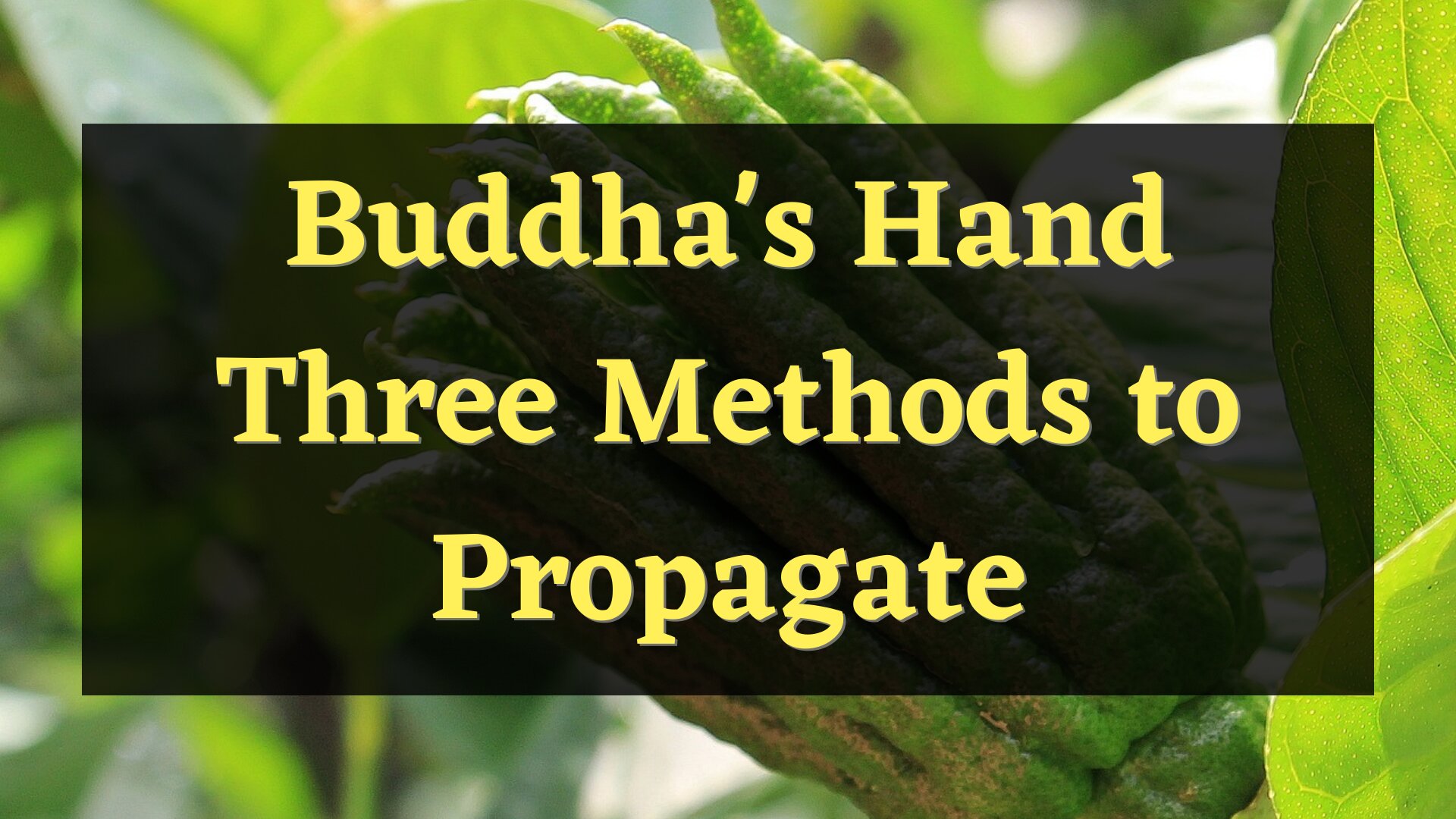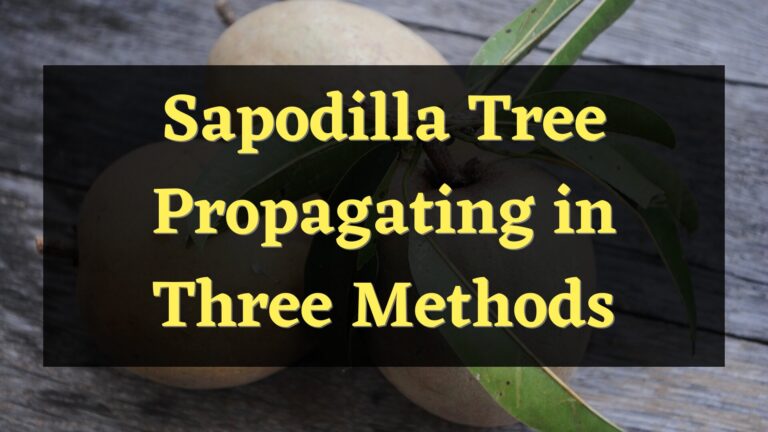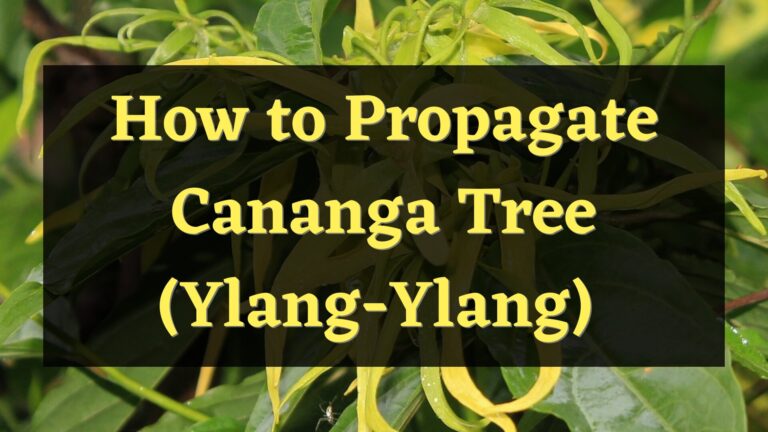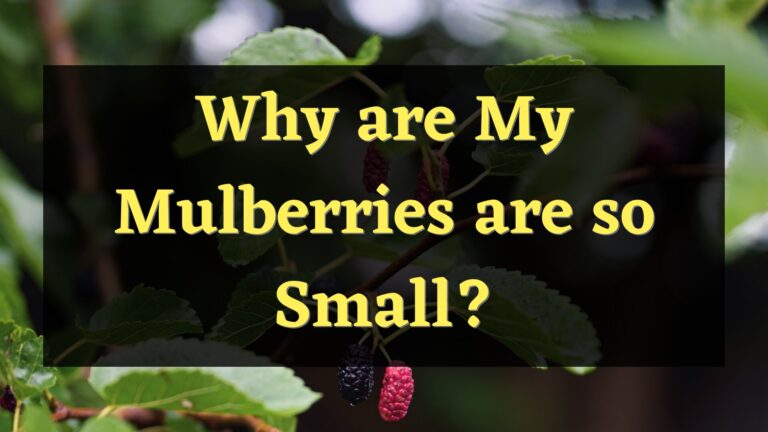Knowing how to propagate Buddha’s hand will give you a lot of benefits. Buddha’s hand uses like in food, beverage, perfumery, traditional medicine, and as an ornamental tree because it has a sweet and lemony fragrance. It can grow as a large shrub or small tree. The unusual and remarkable appearance of its fruit makes it interesting and visually appealing.
About Buddha’s Hand
Buddha’s Hand is a variety of citron tree that belongs to the Rutaceae plant family. The other names of this tree are Buddha’s hand lemon tree, fingered citron, and Buddha finger citrus.
Unlike other citrus fruit, only a few of its varieties have pulp, juice, seeds, and fruit. Its peel and zest are the ones that are used in creating products and as an ingredient. It is used in beverages, baked goods, marinades, salad dressings, and other savory dishes because it has a sweet and lemony aroma.
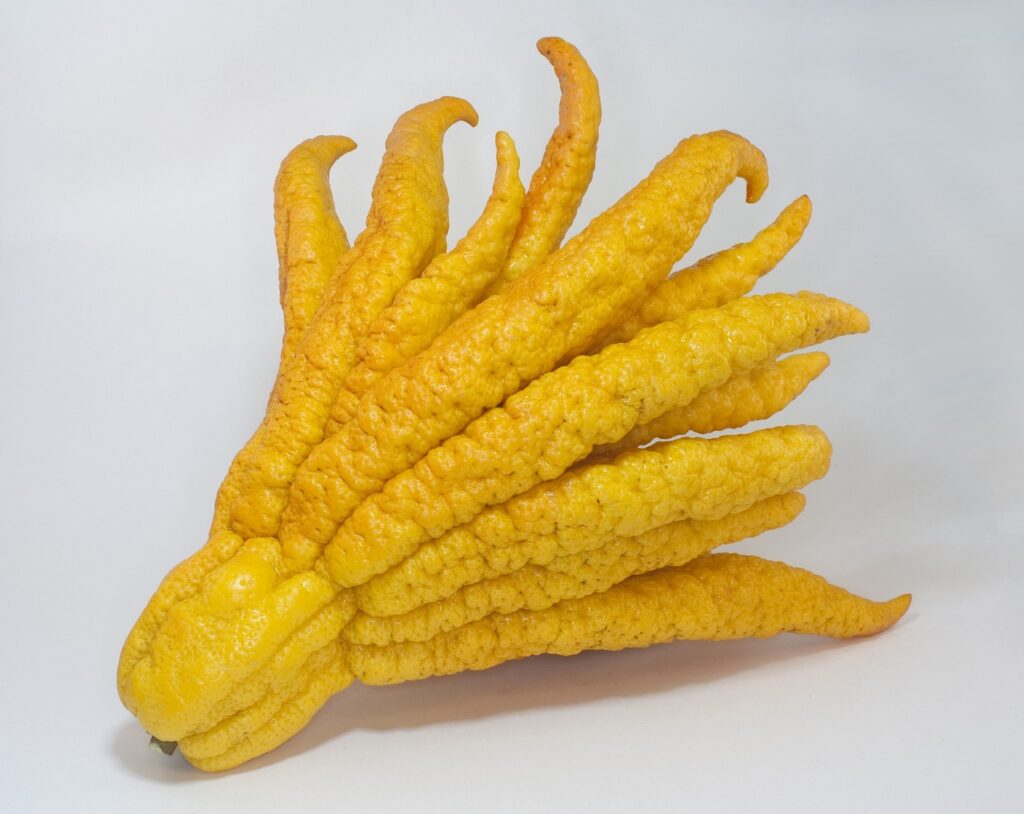
It is part of the cultures and traditions of some countries. In China, people display it as they believe that it will bring them luck. In Japan, it is a popular gift during New Year as they believed that it will bring them good fortune. When people offer it in Buddhist temples, they choose fruit with closed fingers because it symbolizes praying hands.
Propagating Buddha’s Hand
Buddha’s Hands can be propagated from cuttings, buddings, and seeds. The stem-cutting method is the easiest way to multiply this plant. Propagating it from budding produces smaller fruit than the usual tree. Reproducing it from seeds is difficult because most of its varieties are seedless and it’s very rare for it to produce seeds.
Propagation from cuttings
Here are the steps in propagating Buddha’s hand plant from cuttings:
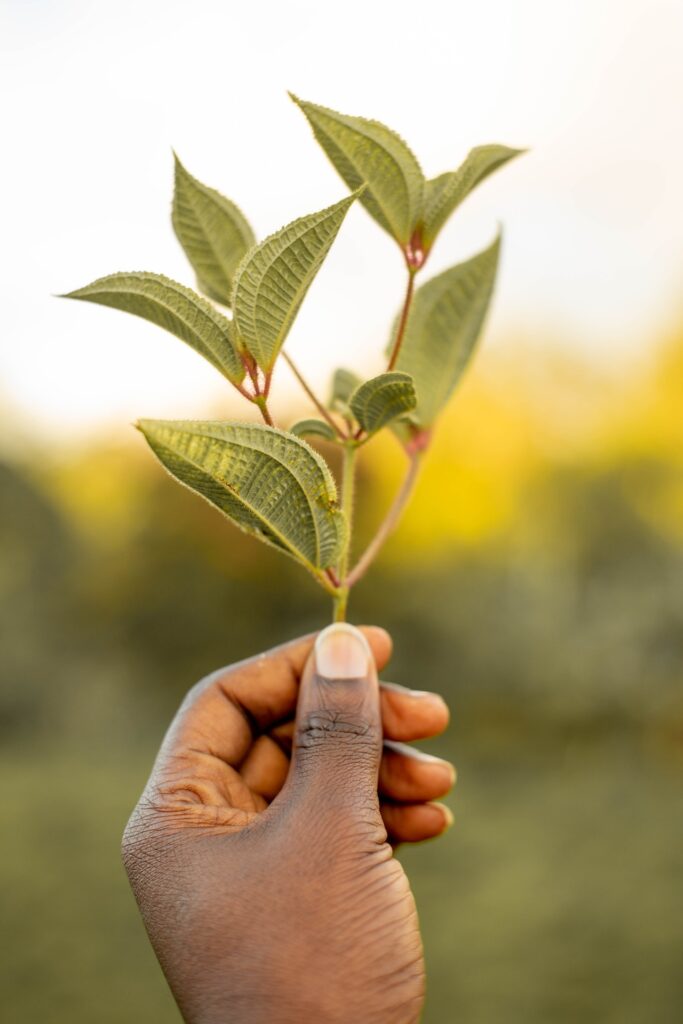
- Cut 4 to 6 inches of stem from the parent plant
- The parent plant must be 2 to 4 years old, healthy, and with intact foliage. The stems must be cut diagonally beneath the leaf node.
- Keep only 2 to 3 leaves at the top of the cuttings
- Remove the leaves from the cuttings to decrease water loss. Dip the cutting in an Indolebutyric acid (IBA) rooting hormone to promote root development.
- Root the cuttings in the soil
- Plant the cuttings in soil with citrus potting mix and organic materials. Keep the soil moist to help the cuttings develop roots faster and maintain the right temperature that the plant needs.
- Cover the cuttings with a transparent plastic bag
- Plastic wrap or plastic bag can be used to retain the moisture on the surface of the plant. Cover the cuttings loosely with a plastic bag to prevent the plastic from touching the leaves and allow air circulation over the cuttings.
- Transplant the cuttings in the new pot
- When new leaves are formed, they can be transplanted outdoors in a large pot or directly in the ground.
Propagating from the T-Budding method
Here are the steps in propagating Buddha’s hand plant from the T-Budding method:
- Plant the rootstock plant
- The rootstock plant must be a citrus tree. According to the recommendation of growers from the Department of Horticulture at Purdue University, grapefruit, sour orange, rough lemon, and sweet orange can be used as rootstock.
- Cut the rootstock in T-shaped
- When the rootstock becomes sturdy, make a T-shaped cut on it 8 – 12 inches above the ground.
- Cut healthy buds from the Buddha’s Hand
- Choose a healthy and strong bud to propagate it successfully. Insert the Buddha’s Hand bud on the cut of the rootstock. The position of the bud must be upward.
- Tie the scion and the rootstock together
- Tie the bud of Buddha’s hand and the rootstock together. Bind them securely to make sure that the bud will grow well.
- Remove the binding
- When the cuts heal, the binding can be removed. It typically takes up to 8 weeks for the cut to heal. Cut the rootstock 12-14 inches above the bud of Buddha’s Hand. Take care of the plant by monitoring it regularly to keep it healthy.
Propagate Buddha’s hand from seeds
Listed down below are the steps for propagating Buddha’s hand plants from seeds:
- Gather the seeds
- Harvest the seeds from the Buddha’s hand varieties that produce seeds. Seeds can also be purchased from online stores. If the seeds will not be sowed immediately, you can store them in a dry and dark location.
- Test the seeds in the water
- Put the seeds in the water. The seeds that will float must be used because they will not germinate effectively. Old seeds will take a longer time to germinate.
- Plant the seeds in moist soil
- Add a citrus potting mix and organic materials into the soil to promote potting mix. The seeds must have 6 inches distance from each other.
- Put a plastic bag over the seed
- Covering the seeds with a plastic bag will lock in the moisture on the surface of the seeds. The seeds usually take up to two to four weeks to germinate.
- Transfer them to a larger pot or directly into the soil
- When the roots formed, you can transplant the seeds into the pot or directly into the ground. Pick an ideal spot where it will get 6 hours of full sun each day. You can also put it in the greenhouse to protect them from citrus leaf miners.
Can you propagate Buddha’s Hand from seed?
Buddha’s Hand can be propagated from seeds, but it is a very rare method used in reproducing this tree as most of its varieties are seedless. It also takes a lot of time and effort because looking for Buddha’s hand’s seeds is not easy.
How long does it take for Buddha’s Hand to grow?
Buddha’s hand grows slowly so it is better to plant them from cuttings or buddings. It will take 2 to 3 years to bear fruit when you grow them from cuttings and buddings. Growing them from seeds will take more than 8 years to bear fruit for the first time.
Are Buddha’s Hand self-pollinating?
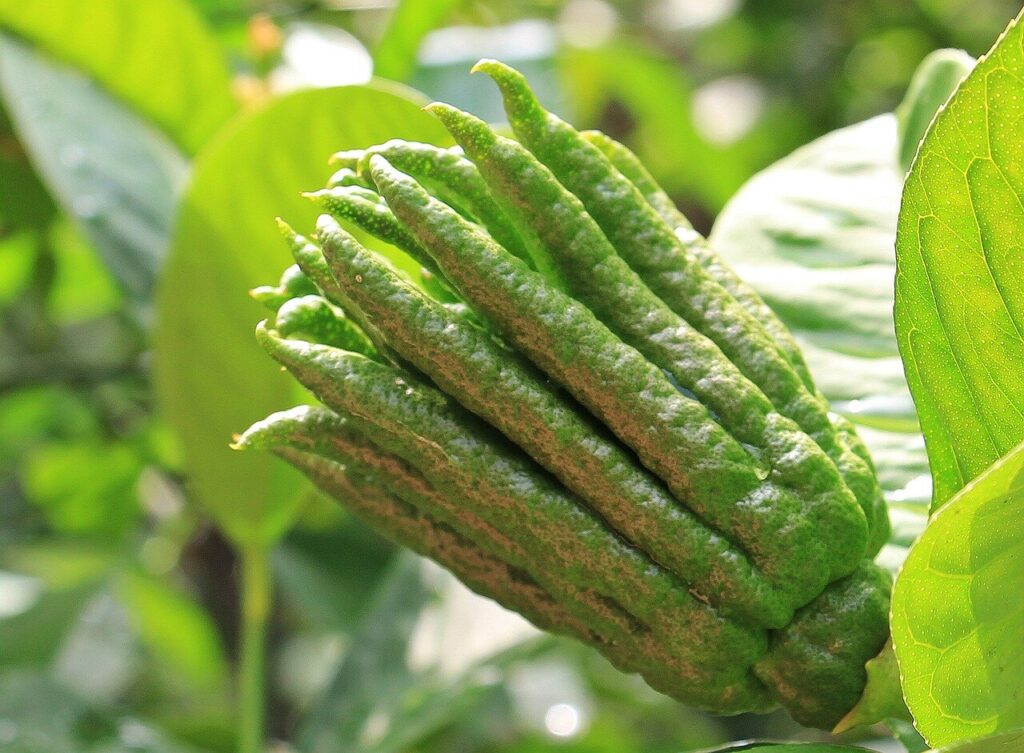
Buddha’s hands are self-pollinating. The fruits can only get from only one tree. It doesn’t need any nearby flowering plant or tree as it can produce fruit on its own. When it blooms, the fruit will start to grow by itself.
Conclusion
There are three methods to propagate Buddha’s hand. It can be reproduced from cuttings, budding, and seeds. It has aromatic fruits that can be used in different ways. It can be used as an air fresher at home so you can enjoy an aromatic scent. It is also used as an ingredient in food and beverages to make them more delicious.

Elizabeth Mcmillan is a passionate gardener with a strong interest in plants. She used to be a teacher, but Elizabeth has spent the last few years immersing herself in the world of plants, learning about their biology and cultural value and trying out different ways of growing them in her own garden. Elizabeth Mcmillan loves indoor plants, succulents, and cacti, and her friends and family know her as a plant care expert.

